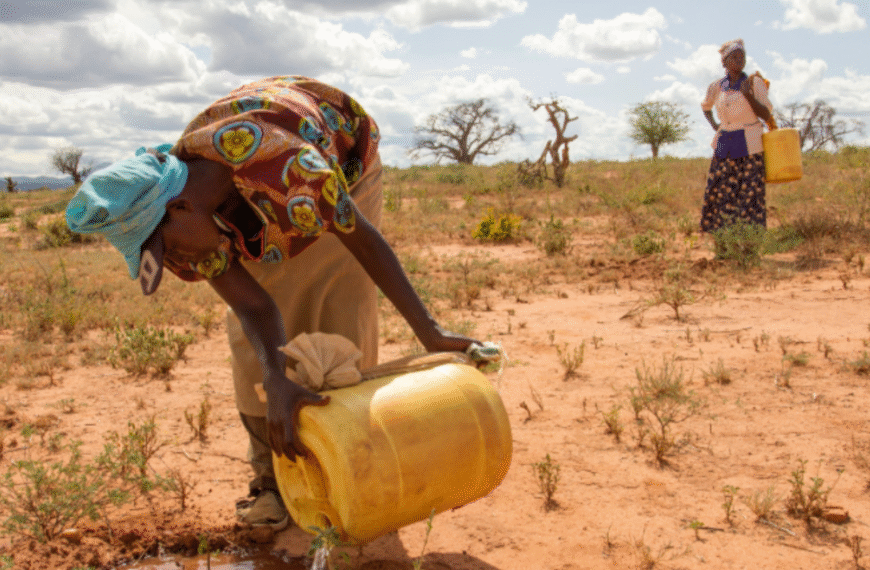Money across Borders : Blessing or Burden?
Anaika Prasanna
3 June 2025
In 2023, almost 204 billion$ were given in foreign aid to the world bank, however in some of the poorest regions, poverty levels barely budged. In theory, financial aid should be promoting development, reducing poverty, promoting equality and fostering global cooperation. But how effective is financial aid? Does it really help or is it just a breeding ground to increase dependency and inefficiency.
Foreign aid, the international transfer of capital, goods, or services from a country or international organization for the benefit of the recipient country of its population. Financial aid refers to the type of foreign aid that involves the transfer of money from one country to another. This can be in the form of grants, loans or other financial instruments. Financial aid itself can be classified as bilateral, multilateral, humanitarian etc. Bilateral financial aid refers to aid that is given from one country’s government directly to another country’s government. Multilateral aid is like a bilateral aid; it’s provided by multiple governments instead of one. Humanitarian assistance is a shorter- term version of bilateral aid which can include food and water, shelter, medical care etc.
An example of financial aid is the Marshall Plan that was employed by the US to western europe during 1948 to stimulate the economies. The US donated almost 13 million $ worth of economic aid supported by beneficiaries like France, Germany and the UK. They provided the financial aid in order to rebuild infrastructure, stabilize currencies and restabilize agriculture & industry. All funds were tied to specific projects to ensure they were being properly allocated. It successfully promoted economic growth, strengthened US and Europe relations and the foundation of the EU. The Marshall plan was used as a blueprint for modern aid programs.
Now does financial aid achieve what it sets out to do? Financial aid can improve healthcare, infrastructure, and education in developing countries. When managed properly like in the Marshall plan financial aid is a gamechanger for impoverished nations. For example, in Rwanda education- focused aid has helped increase primary school enrollment by 98%, by investing in training schemes for teachers and improvements in school infrastructure. In line with OECD development reports, aid that is well targeted, transparent and locally integrated tends to deliver strong sustainable improvements in the societies of the nations where it is implemented.
On the other hand however, when financial aid is not implemented properly it can lead to a deterioration of the events that have occurred. For example, Lebanon received an exorbitant amount of financial aid after its civil war, around 170 billion (for context this is more than the Marshall plan which was a plan implemented in WW2 to reconstruct Europe). However Lebanon’s infrastructure is still poor and the majority of the population barely receives the bare minimum of services.
So what happened? Financial aid that invests in governments rather than working through NGOs can often lead to corruption and prevent the aid from helping the people in need. A method to monitor this is to observe the gap between aid influx and the state of infrastructure, education etc in the nation you are helping. It is better in these scenarios to focus on direct humanitarian aid rather than muddled development projects. Rather than a matrix of overlapping development programs which can lead to more harm than good, it’s more beneficial to promote collaboration between donors to ensure more targeted and accurate development goals . It is also essential to engage with the people of the nation you’re helping and to do progress checks to see if it’s benefiting the people.
In conclusion, Financial aid is a vital and essential part of foreign aid but it is imperative we monitor where the money is going and if it really is benefiting the people in need.
Check out these articles if you want to learn more!






Leave a Reply
You must be logged in to post a comment.